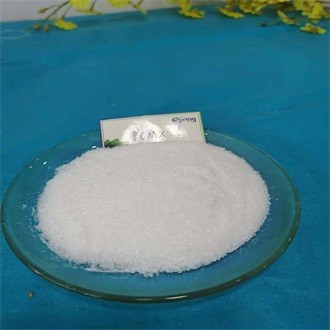Chloroxylenol, or para-chloro-meta-xylenol (PCMX), is a well-known antibacterial and sterilizing agent. It is a cleaning agent used in the hospital theatre to clean surgical kits.
Chloroxylenol is one of the active ingredients used in making antiseptic soaps. Also, its applications cut across medical and domestics as a disinfectant.
According to the World Health Organization's List of Essential Medicines, chloroxylenol susceptibility against bacteria strain known as Gram-positive, is well documented.
However, are you in need of a good antibacterial and disinfectant agent for your household and hospital needs, then you have to contact a reputable chloroxylenolmanufacturer.
Pharmacological Indication of Chloroxylenol
Chloroxylenol applications are well pronounced in the medical field.
It was previously used in the treatment of skin infections such as scratches, cuts, animal bites, stings, and hand sanitizer.
Pharmacodynamics of Chloroxylenol
Chloroxylenolis a replacement phenol, meaning it has a hydroxyl group in its structure.
Its application is well known over the years as one of the active components of germs-killing products. Its application is proposed outside the cell.
Its antimicrobial activity at a small amount to a group of bacteria is reported.

Mechanism Of Action
The presence of hydroxyl groups in its structure is of great importance, especially when its pharmacological potential is to be explained.
The hydroxyl group is assumed to attach to the protein's binding sites, which is, in turn, help in the inhibition of the bacterium that it attacks.
Chloroxylenol enters the bacterium cell to attack the more with sufficient enzymes and proteins. When this is done, it deactivates the activities of the cell.
It will get to a level where a high amount of Chloroxylenol is applied to clot cells resulting in their death.
Metabolism of Chloroxylenol
For proper documentation of Chloroxylenol as a bacterial and disinfectant agent, animals were used to fully study the activity of its potentials.
The animal assay showed that owing to the dermal usage of Chloroxylenol, the rate of immersion was very fast within the first two hours.
It was also observed that the substance given to the animals was urinated out through the kidney with virtually complete removal at the pace of 24 hours.
The essential component identified in the defecated sample includes glucuronides and sulfates.
Most of the research articles about Chloroxylenol compared its activity to well-known and well-patronized antibacterial called triclosan. The report has shown that glucuronides were also part of the defecated sample in the human model.
More so, from the human model study, it was assumed that every 5 mg taken into the body would thereafter urinate up to 14% of glucuronic acid and sulphuric acid within three days.
However, any amount of Chloroxylenol taken into the system will later be digested by the liver and urinated out as sulfate and glucuronic derivatives.
Route Of Elimination
As can be seen above from studies conducted with Chloroxylenol show that the main way chloroxylenol is removed from the system after administration is through urine.
Although, a very small quantity is assumed to be in the bile and very little amount in the respired air.
Are you in need of Chloroxylenol?
Kindly click heretoday for Chloroxylenolfor all your antiseptic and disinfectant products, and we will be very glad to partner with you for the best products.
Post time: Jun-10-2021

